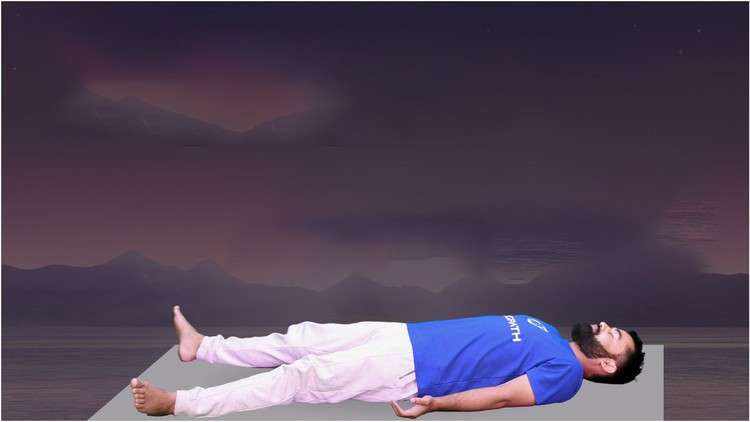
The best tool to sleep better
What you will learn
Learn the principle of Yoga Nidra
How Yog Nidra Helps you in better Sleep
Improve Your concentration and reduce stresss
Highly recommended for working professionals to get this technique for relax mind and improved productivity
Description
योग निद्रा जागृत सोने की स्थिति है जहाँ एक व्यक्ति सचेत होता है, लेकिन गहरी नींद के लाभ प्राप्त करता है। योग निद्रा आपके मन और शरीर को तनावमुक्त करता है और सिर्फ 30 मिनट में 8 घंटे की नींद के लाभ प्रदान करता है। अनिंसोम्निया से पीड़ित लोग बेहतर नींद के लिए योग निद्रा का अभ्यास कर सकते हैं और धीरे-धीरे उनकी नींद की समस्या का समाधान हो सकता है।
यह तनाव प्रबंधन में भी फायदेमंद है और अवसाद और चिंता से इफेक्टिव राहत प्रदान करता है।
कौन अभ्यास करना चाहिए?
योग निद्रा किसी के लिए फायदेमंद होता है, लेकिन विशेष रूप से उन लोगों के लिए जिन्हें ध्यान में बैठने में कठिनाई होती है (मैं निश्चित हूं कि हम सभी किसी न किसी समय में ध्यान में लड़े हुए हैं)। इसके अलावा, अनिंसोम्निया, ट्रौमा, चिंता या अवसाद वाले लोग भी इससे बहुत फायदा उठा सकते हैं।
Yog Nidra is the state of awakened sleep where an individual is conscious but gets the benefits of deep sleep. Yog Nidra relaxes your mind and body and provides you with the benefits of 8 hours of sleep in just 30 minutes. People who suffer from insomnia can practice Yog Nidra for better sleep and steadily their problem of sleeplessness can be cured.
It is also beneficial in stress management and provides effective relief from depression and anxiety.
Who should practice?
Yoga Nidra is beneficial for anyone, but especially those who have a hard time relaxing (I’m sure many of us have “battled” through meditation at some point or another). Those with insomnia, trauma, anxiety, or depression can benefit greatly from it
as well (to any degree). It’s ideal for people who have read about or experienced profound meditative states but have never been able to replicate them on their own.
The origins of Yoga Nidra
The Sankhya philosophy, which dates back to roughly 700 BC, is where Yoga Nidra got its start. Patanjali and the Buddha are two of the most well-known exponents of these teachings, but they were refined and practised by many others over the centuries. Approximately a century later, the teachings of Kashmir Shaivism expanded upon these ideas.
Content